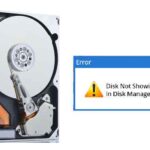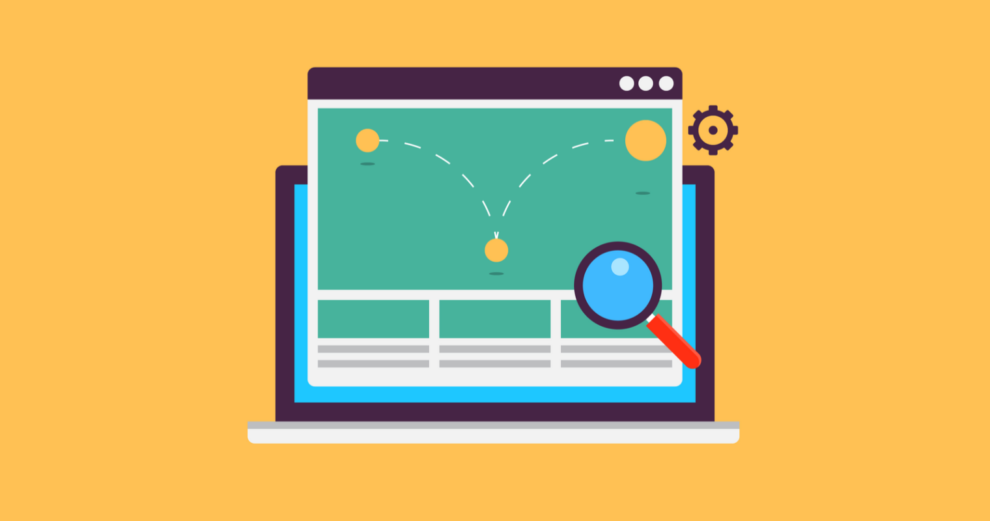Keeping track of URL visits and user activity like button clicks, or text inputs is essential for any website owner who wants to know how their visitors are interacting with a page.
Google Analytics is the most often used tool for this task (GA). The limits of GA’s ability to follow user behaviors make it difficult to identify problems with the user experience that negatively impact your conversion rates, despite the fact that GA provides many important data, such as real-time traffic, pageviews, sessions, and bounce rate.
Specifically:
- Clicks and text inputs aren’t automatically tracked by GA, as they are by other systems. You (or a developer) have to manually set up tracking for each element you wish to evaluate, such as buttons or text fields. There is always a delay between discovering that you need to examine a certain activity and getting the data to do so using GA tracking.
- The only thing GA can tell you is what users do, not why. Using GA, you may see, for example, that the majority of customers abandon their shopping carts after adding an item to their basket. There is, however, no way for you to follow these users’ sessions and witness every interaction in them, so you can only speculate about why this is the case. GA doesn’t have the ability to record sessions, therefore you’ll need something else.
In this tutorial, you will learn about user tracking and how to do it easily and simply with the help of a special application.
Automatically monitor all user activity using session records
GA, like many other user activity monitoring platforms, does not provide session records or automatically capture user interactions. To begin collecting user interaction data, it needs you to manually set up tracking for each element.
In the absence of a session recording tool, it is impossible for you to see your consumers as they interact with your product in real-time. As a result, you won’t be able to fully understand their actions.
As a result, GA’s setup procedure for monitoring users’ behaviors is time-consuming and typically requires the help of a developer. In addition, you need to know in advance what you’ll need to monitor. As a result, you will have to start all over again with the tracking setup if you do not anticipate any further interactions.
Analyze essential business user behaviors and utilize events to filter session records
In web analytics, an event is a user activity that you wish to measure, such as a new user clicking a button or filling out a form.
Creabl, on the other hand, captures all user interactions without the necessity for a developer.
Creabl dashboards can only keep track of the user interactions you specify as events to examine. To achieve this without coding, there are three options:
- You may pick from a list of pre-selected basic events, including URL visits, button presses and text input (allowing you to select any element on the page).
- Simply click an icon on your website’s UI to access the no-code event picker and configure an event.
- When you’re viewing a user session recording, you may stop the video and transform a key user action into an event without having to leave the recording itself.
A new event is immediately loaded with data from the Creabl snippet that was added at the time of its creation (or as far back as your data retention plan goes).
As a consequence, you’ll be able to get to the bottom of a problem sooner rather than later. GA and other programs that don’t automatically gather user interaction data are unable to achieve this.
As you already understood, the application for tracking user activity on your website that we recommend is a smart visitor tracking from Creabl.
With it, you can keep track of everything that people do on your website. Use this information, which is full of data, to improve your sales or marketing efforts and to learn more about how the product is used.



















Add Comment